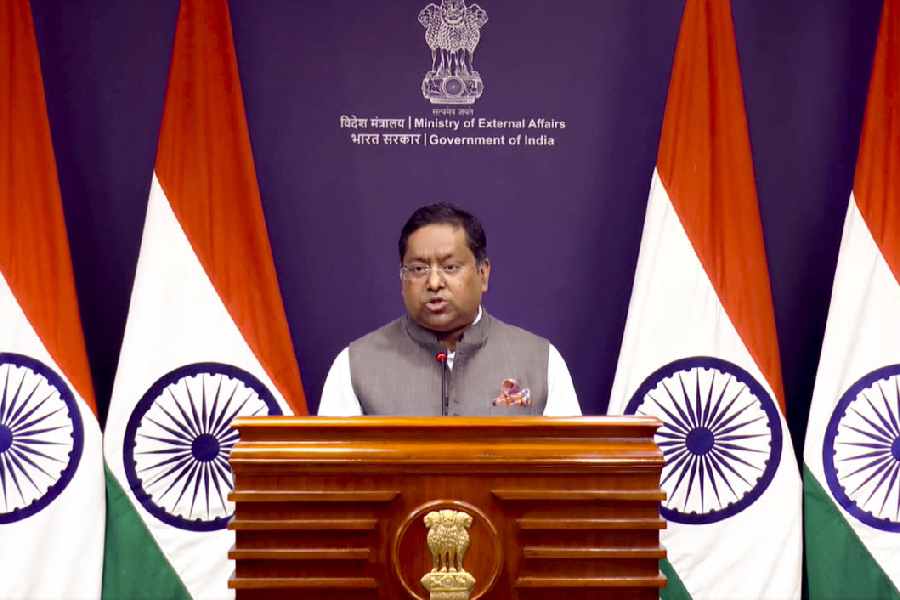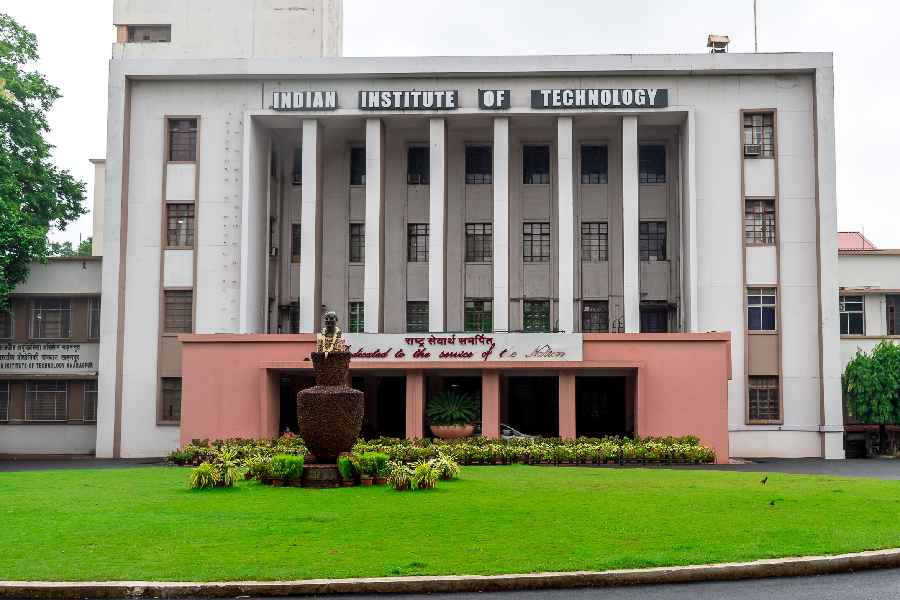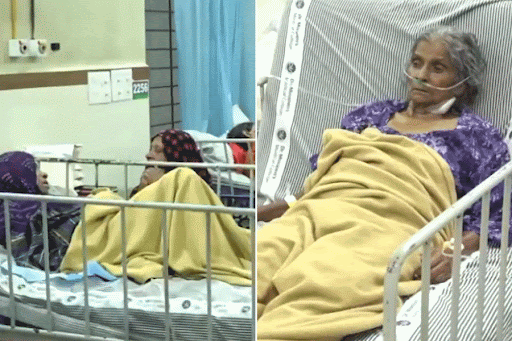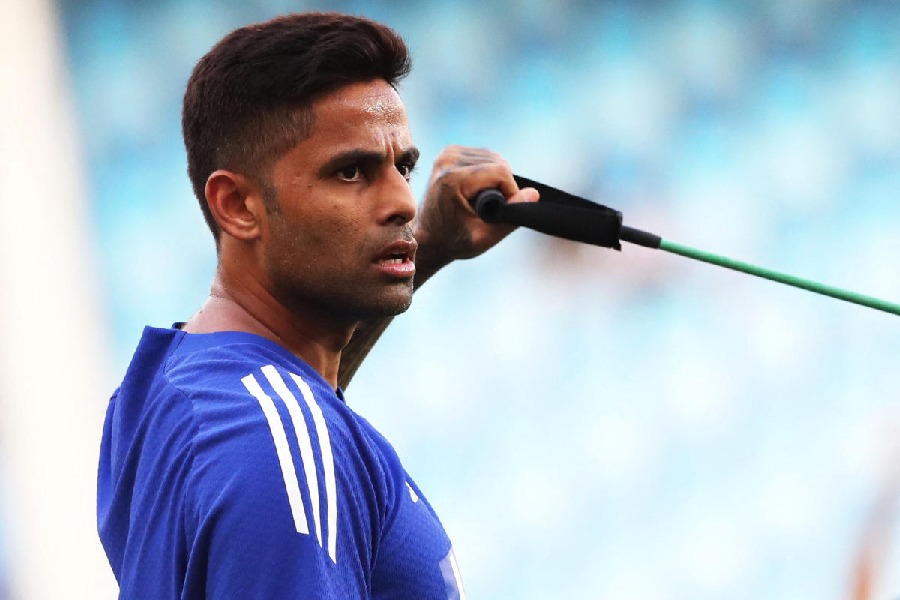The humanism of Satyajit Ray has often been mentioned in studies of his cinema. In the words of noted critic and scholar T.G. Vaidyanathan, this humanism defies “simplistic extremes and schematic ideal types” and can be largely discerned from the fact “that there are no ‘heroes’ in his films and, as a corollary to this, no villains either”. This is particularly true of the earlier films, from Pather Panchali (1955) to Kanchenjungha (1962). In this phase, the only ‘villain’ one comes across is Nanda babu in Aparajito (1956).
One of Ray’s enduring legacies lies in the characters he brought to life on screen. Apu and Durga, Harihar and Sarbajaya, Aparna and Dayamayee, Indir Thakrun, Bishwambhar and Indranath, Felu Mittir and Narsingh, Charulata and Arindam, Goopy and Bagha, Siddhartha and Manmohan Mitra – I wonder if any other filmmaker in India has such a memorable and instantly recognisable gallery of everyday characters in his oeuvre.
As Ray himself said, “I feel that a common person, an ordinary person, is a more challenging subject for cinematic exploration than persons cast in heroic moulds, either good or bad. It is these half-shades, the hardly audible notes that I want to explore and capture.” In the words of Pauline Kael, “There is no one more than Ray who makes us reevaluate the commonplace. His films are packed with failed poets, unpublished writers, perpetual students.”
Charuprakash Ghosh in Aparajito, Abhijan and Mahapurush
In the light of the above, it is interesting to note that Ray went on to create some memorable ‘villains’ or antagonists in his cinema — made more striking, like all his other characters, by their ordinariness. Consider, for example, Nanda babu in Aparajito. Ray has him poke at a cat with his pumps, and that is enough to convey the ‘casual cruelty’ of the character and ‘Sarbajaya’s defencelessness’. Nanda babu has the temerity to put a foot across the threshold of Sarbajaya’s kitchen but is timid enough to scurry away at one look from her as she holds up her bonti. Charuprakash Ghosh made such an impact with this small turn that Ray went back to him for two more negative roles.
In Abhijan (1962), Ghosh plays Sukharam, a Marwari businessman who uses the protagonist Narsingh’s helplessness to his advantage by embroiling him in his smuggling racket. His diction — a mix of broken Bengali and Hindi — and the greed that suffuses his face convey all that there is about the character. But by far Ghosh’s greatest performance came in the 1965 satire, Mahapurush (part of the two-film anthology Kapurush-o-Mahapurush). As the ‘ageless’ conman godman Birinchi Baba, who speaks of his associations with Plato, Gautam Buddha and Einstein, Ghosh remains the face of religious charlatans even 60 years after Ray’s timeless takedown of our blind religious superstitions.
This look at a rogue through a comic lens is also apparent in the character of the crooked prime minister of Halla, played by Jahar Ray, in the children’s fantasy classic Goopy Gyne Bagha Byne (1968). The way Ray films him gobbling a plate full of chicken in front of a lowly spy in an ill-fed and starving army establishes the decadence of the character – and the comicality of it only adds to the effect.
Utpal Dutt in Hirak Rajar Deshe and Joi Baba Felunath
Ray took this a level further with the acerbic satire of Hirak Rajar Deshe (1980), where Utpal Dutt played the dictatorial king of the eponymous kingdom of the title. The king here is almost a reincarnation of the prime minister in Goopy Gyne Bagha Byne, only more menacing, with Dutt making his bulbous eyes work to diabolical effect, while Ray’s rhyming dialogues ratchet up the sinister quotient with their spoofy essence. Dutt’s despotic king who brainwashes his people is the very prototype of all fascists, and his portrayal, with its comic touches, reminds me of Charlie Chaplin’s in The Great Dictator every time I watch the film. It also throws into sharp relief the other magnificent villain that Dutt essayed in a Ray film.
Maganlal Meghraj is in my reckoning not just the greatest villain in Satyajit Ray’s oeuvre, but the greatest in Bengali cinema, and among the greatest in Indian cinema, comparable to the likes of Gabbar Singh and Mogambo. Utpal Dutt played the character to such perfection in Joi Baba Felunath (1977) that his popularity among the lovers of Ray’s Feluda stories rivals that of Feluda himself.
If the king in Hirak Rajar Deshe borders on the outlandish, almost caricaturish, Maganlal is very much real, complex, utterly compelling and yet paradoxically lovable. We first see him as he comes to meet Machhli Baba, walking past Feluda and his team, his face an impenetrable mask. As he sits down in front of the baba, listening to a rendition of Mohe lage lagana, he oozes the kind of quiet menace that is electrifying. With his non-Bengali accented diction (refuz, not refuse), the way he almost lovingly bullies Lalmohan babu (calling him Halwamohan babu) leading up to the final humiliation, it is Maganlal Meghraj, as portrayed brilliantly by Dutt, who gives Joi Baba Felunath its magic, making us go back to the film time and again. Dutt would revisit the character in Sandip Ray’s television series Kissa Kathmandu Ka, made in Hindi for Doordarshan in the mid-1980s.
Soumitra Chatterjee in Ghare Baire to Dhritiman Chatterji in Ganashatru
There are few antagonists in Ray’s films with the kind of charisma of Maganlal. The one other that comes to mind is Sandip in Ghare Baire (1984). Of all negative characters in his films, Sandip is the most unholy because he cloaks his depravity under the guise of a radical nationalist. He publicly creates bonfires of European goods but furtively smokes foreign cigarettes, recites the most evocative poetry and makes fiery revolutionary speeches, all the while lusting after and eventually seducing his friend’s wife.
By the time his debauchery is revealed to the others, he has destroyed everything around him, setting a whole region to communal fires. What makes this one of the most frightening portrayals of vice in Ray’s films is as much the fact that Sandip operates under a façade of idealism as also that he is played by Soumitra Chatterjee, Ray’s blue-eyed boy and the ‘hero’ of all his films thus far and after.
There are others in this parade of the infamous who deserve honourable mention. Not surprisingly, one of them comes from the Feluda corpus. Sonar Kella’s (1974) Mandar Bose (Kamu Mukherjee) — he with his magic tricks and his tall globetrotting tales in worn-out Bata shoes. What sets him apart is his unique sense of humour, evident in his conversations with his partner in crime, Amiyanath Burman/Bhavananda or the fake Dr Hazra (Ajoy Banerjee). If Joi Baba Felunath is inconceivable without Maganlal Meghraj, there can be no Sonar Kella without Mandar Bose.
Among the other memorable antagonists in Ray’s films, there’s Umapada (Shyamal Ghosal), Charu’s brother in Charulata (1964), who betrays Bhupati financially before the bigger one at the heart of the film. Amitava Roy (Kapurush, 1965), played by Soumitra Chatterjee, is another, as is Barun Chanda’s Shyamal Chatterjee (Seemabaddha, 1971) – both, despite their ‘hero’ billing, displaying unheroic moral weakness. Then there’s the ‘Brahmin’, essayed by Mohan Agashe in Sadgati (1981), Ray’s ‘cruellest’ film, who goes beyond the individual to become a symbol of a whole system of social oppression.
By far the most interesting of these antagonists is the one played by Dhritiman Chatterji (Ganashatru), who became the poster boy of left radical representation on screen in the 1970s as Siddhartha in Pratidwandi (1970). In Ray’s 1990 adaptation of Ibsen’s Enemy of the People, Chatterji does an ‘ideological U-turn’ as Nisith Gupta, corrupt chairman of a municipal board who will go to any lengths to upstage his brother, the conscientious protagonist Dr Ashoke Gupta, and hold on to his fiefdom and its financial gains, even if it means letting an epidemic rage. The subtext to his character could not have been more contemporary or chilling.
Nanda babu and Birinchi Baba, Hirak Raja and Maganlal Meghraj, Sandip and Nisith. For a director who once said that villains bored him, that’s quite an enviable gallery of rogues.
(Shantanu Ray Chaudhuri is a film and music buff, editor, publisher, film critic and writer)










